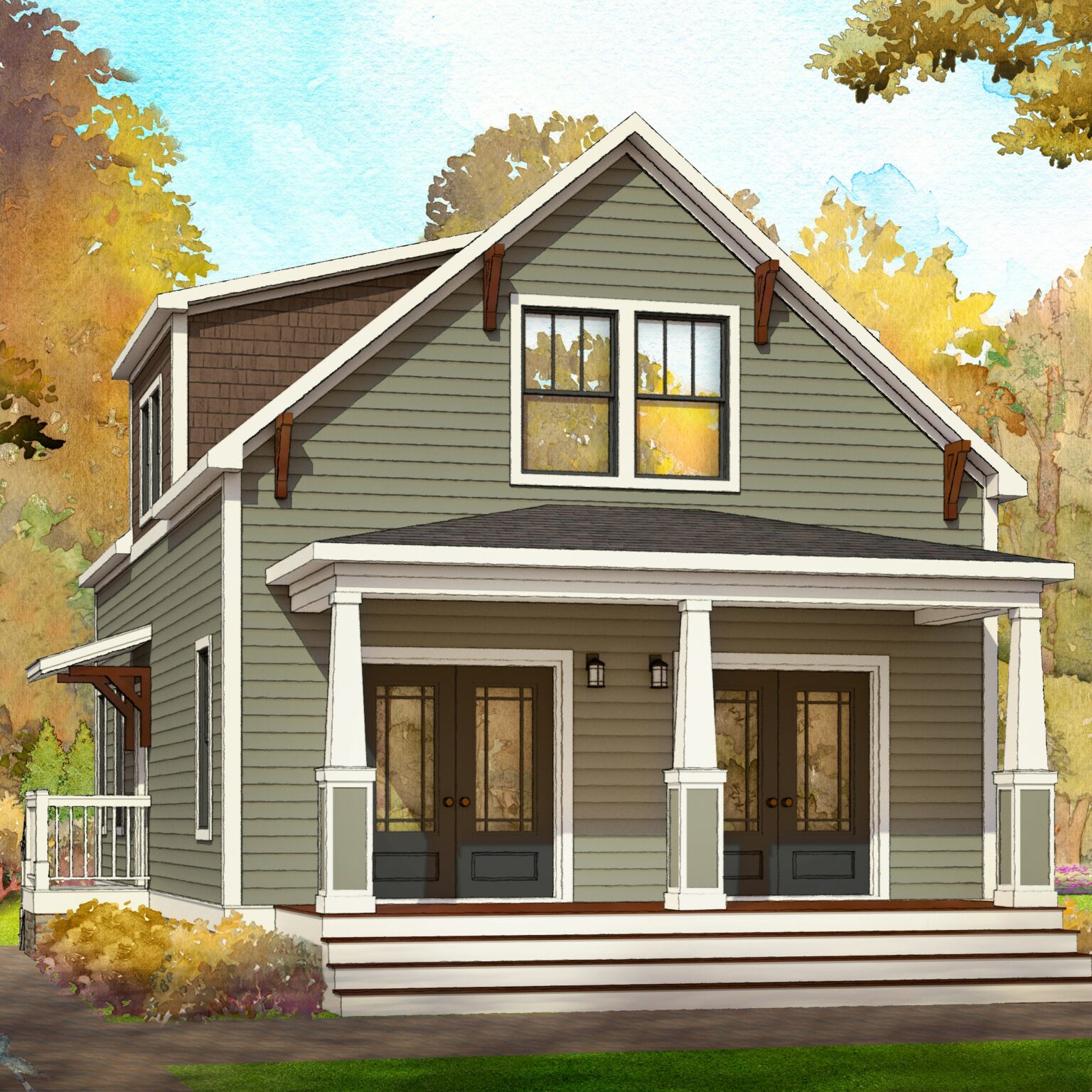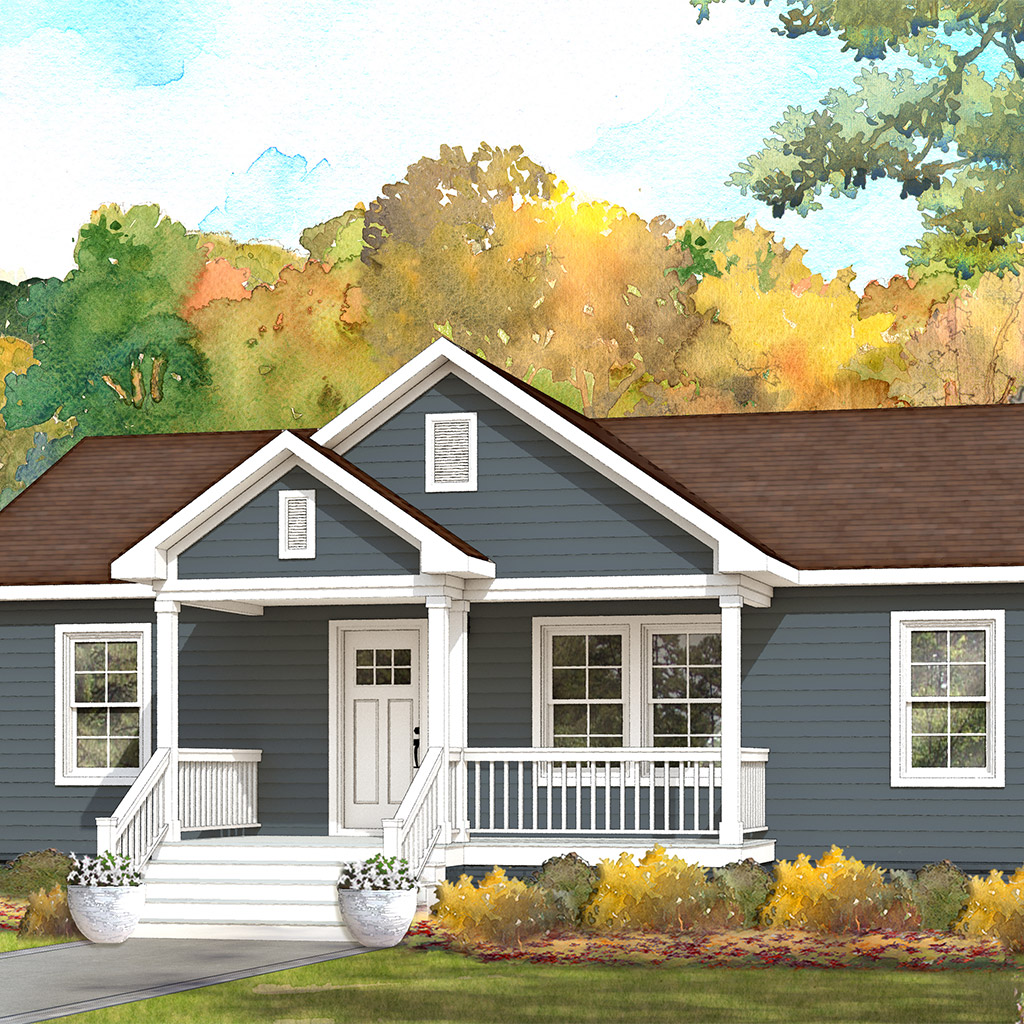
- Modular Design Flexibility
- Speed of Modular Construction
- Modular Homes’ Quality of Construction
- Energy Efficiency of Modular Homes
- Rigidity of Modular Homes
- & Much More!
Modular Design Flexibility
One common misconception about modular homes is their inability to have a unique and flexible design. As evidenced by the vast selection of our pre-made floorplans, the possibilities for modular construction are seemingly endless!
Speed of Modular Construction
Modular homes are praised for the rate at which they can be built. In most cases, modular homes can be constructed in about a third of the time it takes to build the same plan on site. This time can vary from area to area based on local building departments and the backlog of the modular manufacturer.
Modular homes can be built much faster than site-built homes because they are built in a factory setting. In this kind of environment, multiple steps in the home building process are allowed to take place simultaneously.
Modular Homes’ Quality of Construction
Generally speaking, modular structures tend to carry a higher quality of construction. This is not meant to discount a skilled tradesperson, but modular manufacturing facilities have access to special tools that are impractical to lug from job site to job site. Tools such as custom jigs that allow walls, floors, trusses, etc. to be perfectly plumb and square.
Plus, modular homes have to be transported to a permanent foundation. This means the homes have to withstand traveling down the highway as well as being picked up and set on the foundation by a crane. This cannot be accomplished without some extra reinforcement.
Energy Efficiency of Modular Homes
In addition to the increasing energy code requirements in most states, modular homes lend themselves to being exceptionally energy-efficient. Most modular homes use 2×6 framing for their walls, allowing more room for more insulation. More insulation equals greater energy efficiency.
Rigidity of Modular Homes
Like we stated before, modular homes must be reinforced for transport, but this reinforcement also contributes to the rigidity of the home, making it more sturdy. The modules of a modular home are set and combined together in such a way that inherently makes the structure more rigid.















